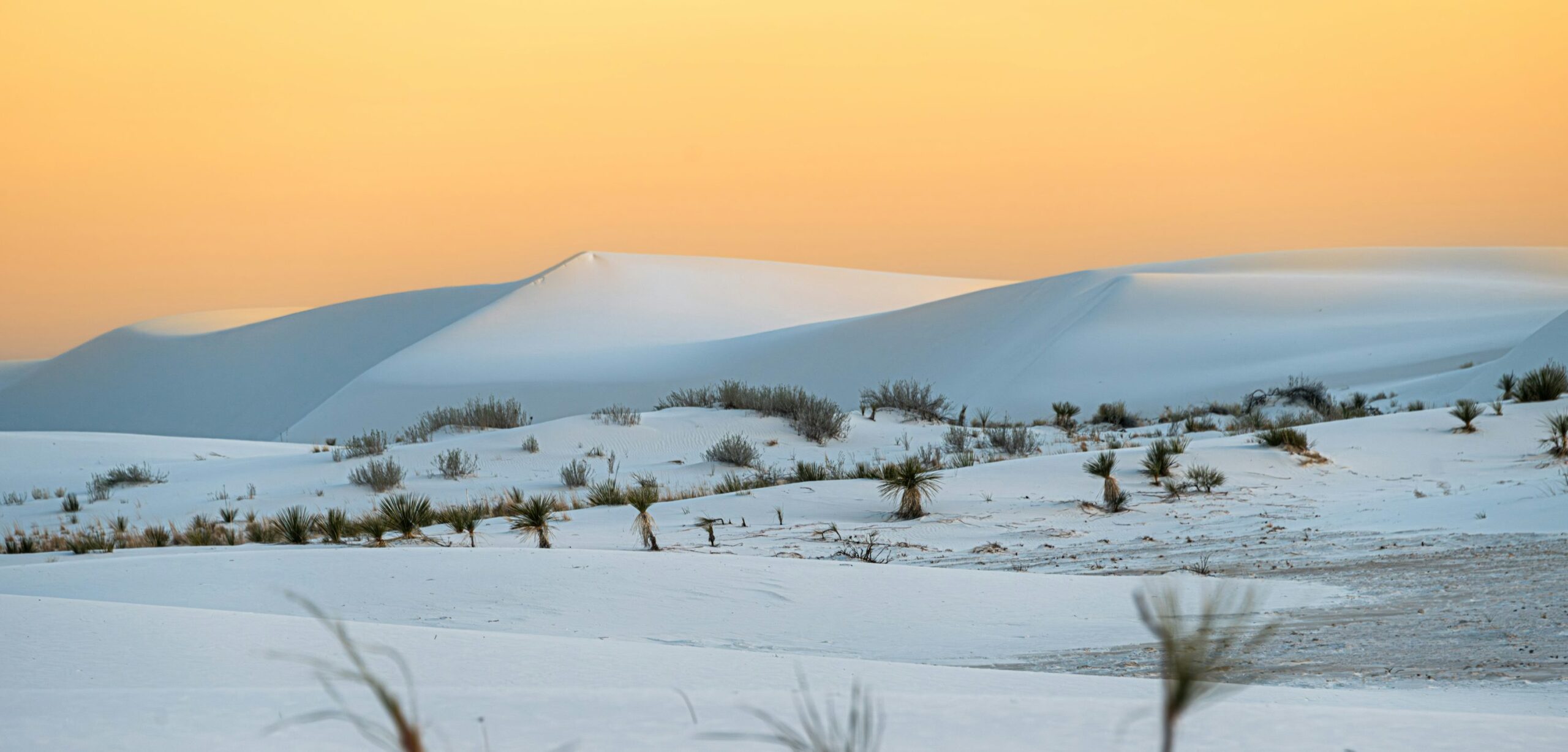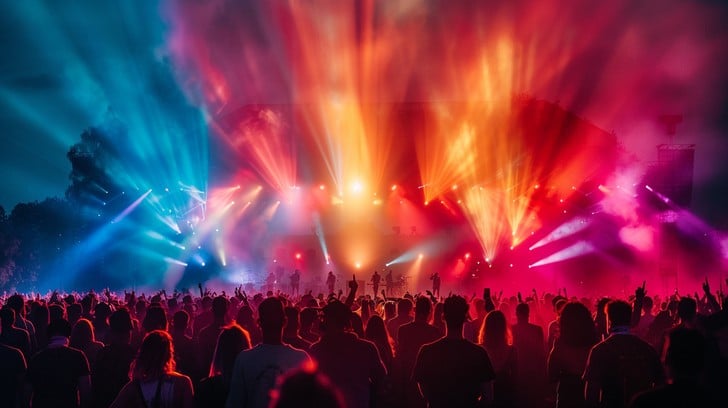Interesting Facts About India – A Land of Wonders -India—officially Bharat—is not just a place on the map; it is a living, evolving civilization. From ancient learning to cutting-edge rockets, from serene Himalayas to buzzing megacities, the country blends continuity with change. Moreover, every lane, landscape, and language carries a story. This guide curates interesting facts about India with naturally woven, highlighted keywords so you can spot them instantly while still enjoying a clean, readable narrative.
Above all, India’s essence is unity through diversity. For instance, while you travel across states, scripts change, flavors shift, music morphs—nevertheless, the underlying warmth feels familiar. Let’s explore the country’s heritage, science, food, festivals, nature, and modern momentum—layer by layer.
1) People, Languages & the Idea of India
India’s social fabric is a masterpiece of plurality. In fact, there are dozens of widely spoken languages and thousands of dialects, yet people consistently negotiate meaning and belonging.
-
At the heart of this tapestry lies bold values of coexistence—celebrated in bold everyday life, rituals, markets, and melodies.
-
Consequently, the idea of _Unity in Diversity in India_ remains more than a slogan: it’s a practiced habit.
2) Time Travel: Civilizations, Knowledge & Faiths(Interesting Facts About India – A Land of Wonders)
Moreover, India’s civilizational arc stretches from the urban planning of the Indus cities to classical eras that nurtured philosophy, grammar, art, and polity. For example, ancient universities fostered debate and international scholarship.
-
Therefore, when you open a primer on Indian history, you encounter treatises on logic, grammar, surgery, and statecraft, alongside poetry and aesthetics.
-
Many major faith traditions—Hinduism, Buddhism, Jainism, Sikhism—took shape here and spread ideas of inquiry and compassion.
3) Numbers, Space & Science: Old Roots, New Rockets(Interesting Facts About India – A Land of Wonders)
India’s intellectual legacy didn’t stop at texts; it seeded mathematics and modern missions.
-
To begin with, the concept of zero transformed calculation and computing.
-
Furthermore, the nation’s space program advances frugality with ambition: planetary probes, lunar landers, and a vibrant satellite ecosystem.
As a result, Indian science and technology is a headline—supported by public research, private innovation, and a massive engineering talent pool.
4) Landscapes: From Snow Peaks to Sand Dunes
On the other hand, no single image can summarize India geography. The country stacks biomes like a grand library—each shelf a different climate.
-
For instance, the Himalayas cradle glaciers, high meadows, and pilgrim routes.
-
Meanwhile, the Thar Desert sculpts wind-carved dunes and star-filled skies.
-
In addition, coasts along the Arabian Sea and Bay of Bengal deliver fisheries, ports, estuaries, and mangrove forests.
Consequently, travelers building an India travel guide can design radically different trips—treks, safaris, surf breaks, or houseboats—within one itinerary.
5) Heritage & Architecture: Marble, Basalt, and Living Temples
India’s built heritage is a museum without walls: stepwells, forts, stupas, mosques, monasteries, churches, synagogues, and palaces—each with distinct craftsmanship.
-
Notably, the Taj Mahal symbolizes love and symmetry; however, cave complexes like Ajanta–Ellora narrate stone-carved epics.
-
Similarly, temple towns—Konark, Madurai, Khajuraho—showcase sculptural virtuosity and ritual continuity.
Therefore, it’s easy to see why global travelers bookmark Indian heritage sites as bucket-list goals.
6) Festivals: Color, Light, Rhythm
Festivals are India’s calendar of emotions. For example, lights shimmer during Diwali; spring bursts in Holi; processions roll for Ganesh Chaturthi; harvests dance in Pongal and Baisakhi; devotion peaks in Navratri and Durga Puja.
-
Moreover, these gatherings braid food, fashion, folklore, and faith.
-
Consequently, visitors experience hospitality and spontaneity—lanterns, rangoli, dhol, and conches.
7) The Joy of Eating: Spice, Smoke, Tawa & Tandoor
India’s kitchens are laboratories of memory and terroir. In fact, what seems like a single “curry” worldwide is actually thousands of micro-traditions.
-
For instance, a coastal thali contrasts a Punjabi tandoor; a Kashmiri wazwan contrasts a Tamil sadhya.
-
In addition, regional pickles, street snacks, breakfast staples, and festival sweets change every 200 kilometers.
-
Nevertheless, shared building blocks—legumes, grains, spice balancing—connect plates nationwide.
Therefore, food lovers chase Indian street food and Indian cuisine with equal enthusiasm—while wellness seekers explore Ayurveda recipes and Indian food facts on spices like turmeric and cumin.
8) Cinema, Music & Dance: The Nation on Stage
Meanwhile, India’s storytelling industries—films, TV, web series—carry local accents to global screens.
-
Moreover, Bollywood blends song, dance, romance, and melodrama, while Tamil, Telugu, Malayalam, Kannada, Bengali, and Marathi cinemas innovate parallelly.
-
Classical forms like Bharatanatyam, Kathak, Kathakali, Odissi, and Kuchipudi preserve technique and myth; similarly, folk genres keep village rhythms alive.
Consequently, cultural tourism often follows festivals, film trails, and music circuits.
9) Cities, Startups & Skills: Modern Momentum(Interesting Facts About India – A Land of Wonders)
India’s urban engines hum with code, craft, and commerce.
-
For example, Bengaluru’s studios and startups design global software; in contrast, Mumbai’s stock exchanges, media houses, and ports run at maritime speed.
-
Additionally, Hyderabad’s research parks, Pune’s auto clusters, and Delhi-NCR’s corridors knit together tech, logistics, and policy.
-
Therefore, the talent pipeline—from IITs to design schools—feeds Indian science and technology as well as creative industries.
10) Nature & Wildlife: Tigers, Turtles, and High-Altitude Blues
Similarly, biodiversity arcs from coral reefs to alpine meadows. For instance, tiger reserves protect apex predators; turtle rookeries mark ocean life cycles; high-altitude wetlands host migratory birds. Consequently, conservation tourism grows—when done respectfully.
11) Travel Patterns: Practical Magic
Planning India requires rhythm: first, match seasons to regions; second, blend big icons with quiet small towns; third, leave space for serendipity.
-
For example, a loop might stitch Delhi (history), Agra (marble poetry), Jaipur (palaces), Varanasi (ghats), and Rishikesh (yoga).
-
In addition, coastal drives (Konkan, Coromandel), coffee mountains (Coorg), and desert caravans (Jaisalmer) change pace beautifully.
-
Therefore, a well-crafted India travel guide balances must-see sights with neighborhood strolls and local breakfasts.
12) Everyday Surprises: Why India Sticks With You(Interesting Facts About India – A Land of Wonders)
India rewards curiosity. For instance, chai stalls become micro-parliaments; sari markets turn color wheels; book fairs spill into footpaths; cricket breaks erupt in alleys. Consequently, even routine days stack sensory notes—cardamom steam, temple bells, horn symphonies, mango season.
In short, you come for the checklist and stay for the textures.
13) Study, Work, Heal: Learning & Wellness Routes(Interesting Facts About India – A Land of Wonders)
Moreover, India draws learners to Sanskrit and philosophy, students to tech and design, volunteers to social enterprises, and wellness travelers to Yoga schools and Ayurveda retreats.
-
Nevertheless, balance is essential: understand local customs, support small businesses, and choose sustainable options.
-
As a result, your trip becomes a two-way exchange—skills, stories, and solidarity.
14) Fast Facts Recap (Skimmable)
-
Heritage: Over forty World Heritage sites in India range from Mughal gardens to rock-cut caves.
-
Science: ISRO achievements highlight cost-efficient missions and robust satellite services.
-
Cuisine: Indian food facts showcase spice diversity, vegetarian breadth, and festival sweets.
-
Festivals: A year-round carousel—Diwali, Holi, Navratri, Durga Puja, Onam.
-
Geography: Himalayas in India, Western Ghats, Kerala backwaters, Rajasthan desert—each a different travel grammar.
-
Cities: Silicon Valley of India, Financial capital of India, media hubs, and design districts.
15) Conclusion: The Ongoing Story
In conclusion, India is a long conversation—between past and future, temple bell and startup ping, handloom and machine tool. Therefore, when people search for Interesting facts about India, they’re really asking how a single country can contain so many parallel worlds and still feel coherent. Undoubtedly, that coherence is hospitality, humor, and a stubborn optimism that tomorrow can be kinder—and tastier.
Consequently, whether your lens is Indian culture, Indian history, Indian festivals, Indian cuisine, Indian tourism, or Indian science and technology, you’ll keep discovering new layers. That is the enduring charm of Incredible India facts.